PA Hospitals Out $5 Billion From COVID-19
Pennsylvania hospitals reported a combined $5 billion in additional expenses and lost revenue associated with the COVID-19 public health emergency during the nine-month period from January through September, according to a new report from the Pennsylvania Health Care Cost Containment Council.
 The report breaks down the additional costs and lost revenue as follows:
The report breaks down the additional costs and lost revenue as follows:
- staffing expenses – $379 million
- testing expenses – $81 million
- supplies and equipment: $258 million
- construction – $21 million
- housing care – $500,000
- other expenses – $88 million
- lost revenue – $4.1 billion
These figures, the report notes, do not reflect emergency funds hospitals received through the Coronavirus Preparedness and Response Supplemental Appropriations Act, the Families First Coronavirus Response Act, the Coronavirus Aid, Relief, and Economic Security Act (CARES Act), or the Paycheck Protection Program and Health Care Enhancement Act.
Learn more about how COVID-19 has affected the financial performance of Pennsylvania’s hospitals in the PHC4 analysis “COVID-19 Disaster Emergency Report.”
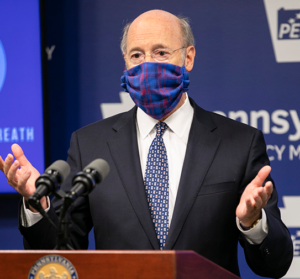 The Wolf Administration
The Wolf Administration Highlights of the joint January 12 news briefing:
Highlights of the joint January 12 news briefing: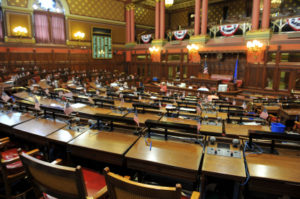 General Assembly
General Assembly  Provider Relief Fund
Provider Relief Fund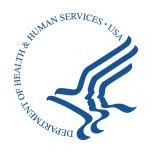 Department of Health and Human Services
Department of Health and Human Services Centers for Disease Control and Prevention
Centers for Disease Control and Prevention The Department of Health has
The Department of Health has  Pennsylvania’s daily new case count generally remains at the high level it has been since mid-December but today was the state’s worst day since December 12. Yesterday the state’s total number of COVID-19 cases since the pandemic began surpassed 700,000.
Pennsylvania’s daily new case count generally remains at the high level it has been since mid-December but today was the state’s worst day since December 12. Yesterday the state’s total number of COVID-19 cases since the pandemic began surpassed 700,000. DHS has issued a Medical Assistance bulletin informing pharmacies that
DHS has issued a Medical Assistance bulletin informing pharmacies that  The Department of State has
The Department of State has 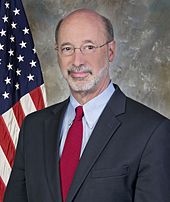 Last week the Governor’s Budget Office released a
Last week the Governor’s Budget Office released a  According to the GAO report,
According to the GAO report, At issue are financial reporting requirements that at first directed hospitals to estimate their anticipated revenue losses and extra expenses associated with the COVID-19 pandemic in one way and then shifted to a new approach. The first grant distribution was based on the original reporting requirements, and now, hospitals fear that the change in reporting requirements could leave them vulnerable to a demand that they return some, much, or all of that grant money.
At issue are financial reporting requirements that at first directed hospitals to estimate their anticipated revenue losses and extra expenses associated with the COVID-19 pandemic in one way and then shifted to a new approach. The first grant distribution was based on the original reporting requirements, and now, hospitals fear that the change in reporting requirements could leave them vulnerable to a demand that they return some, much, or all of that grant money.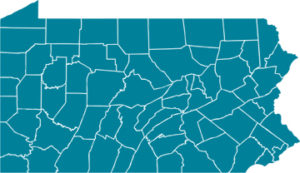 The
The  CMS has updated its
CMS has updated its